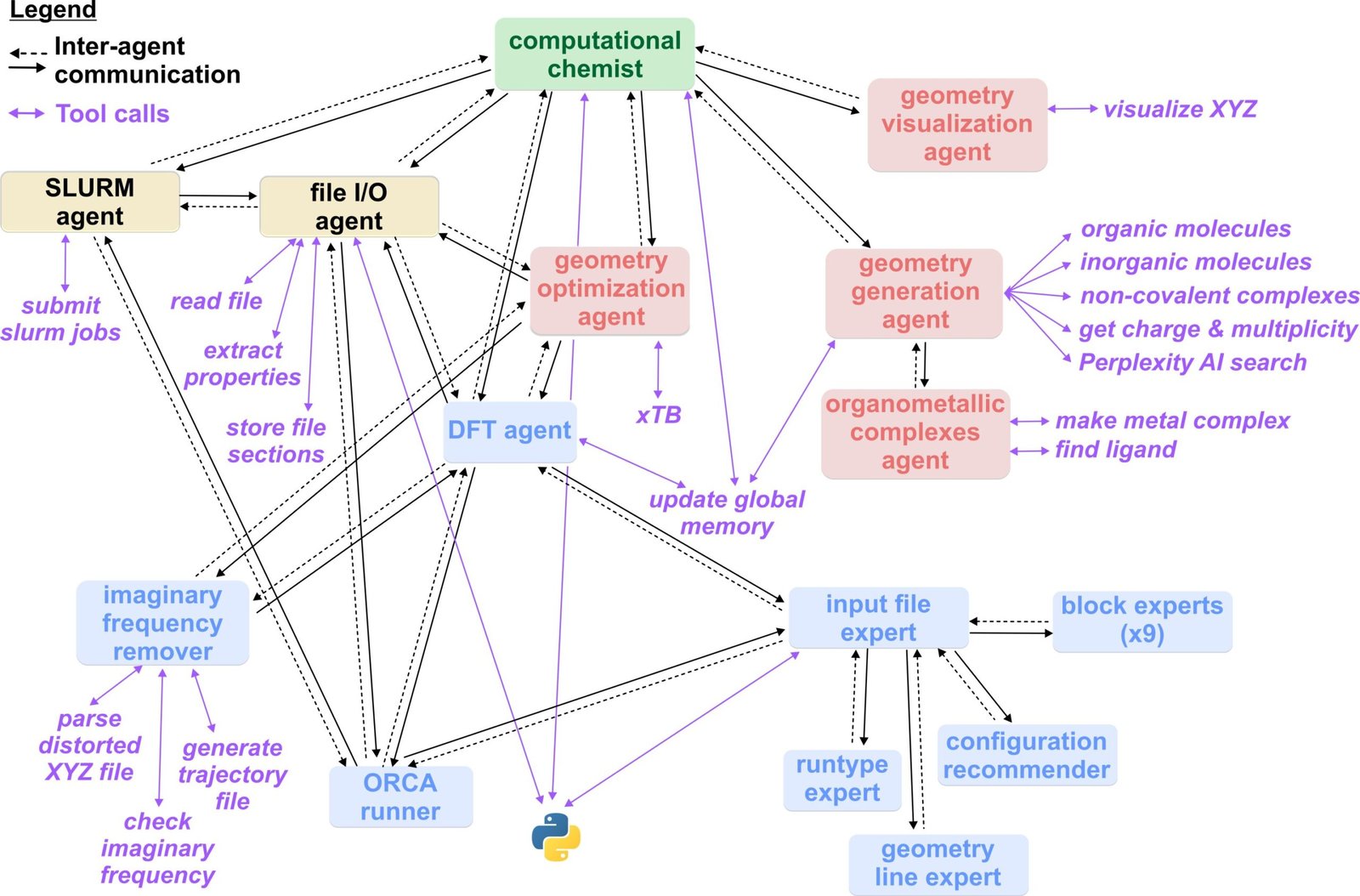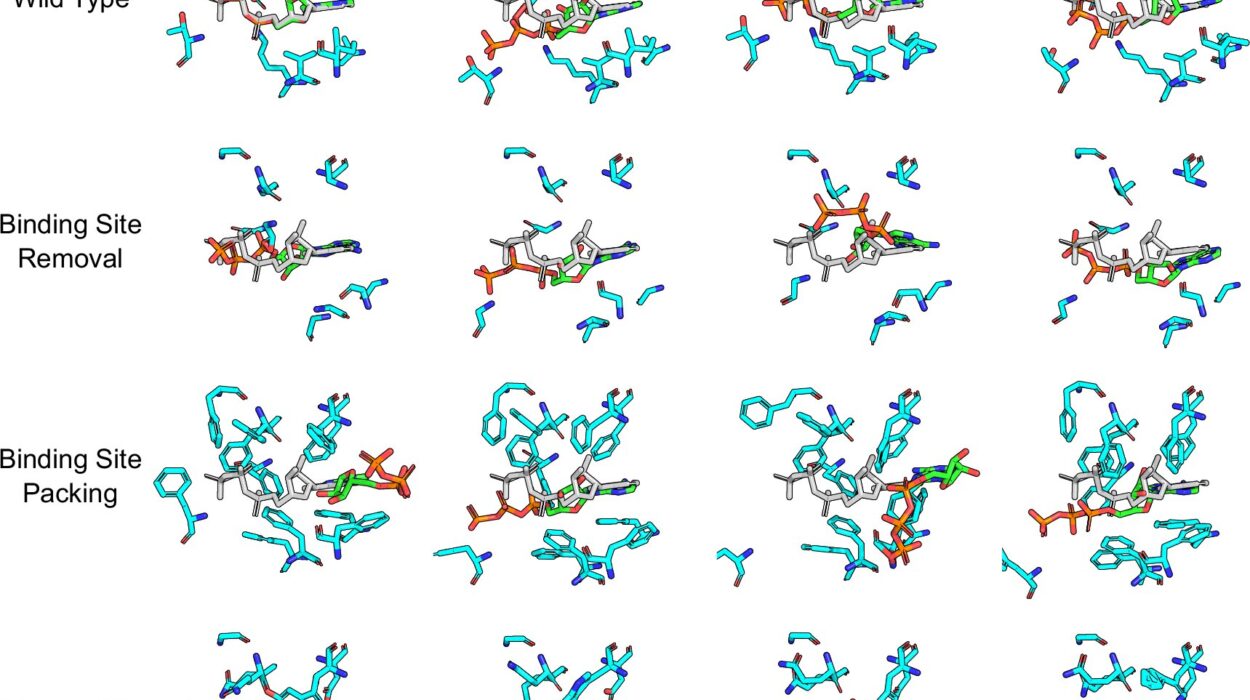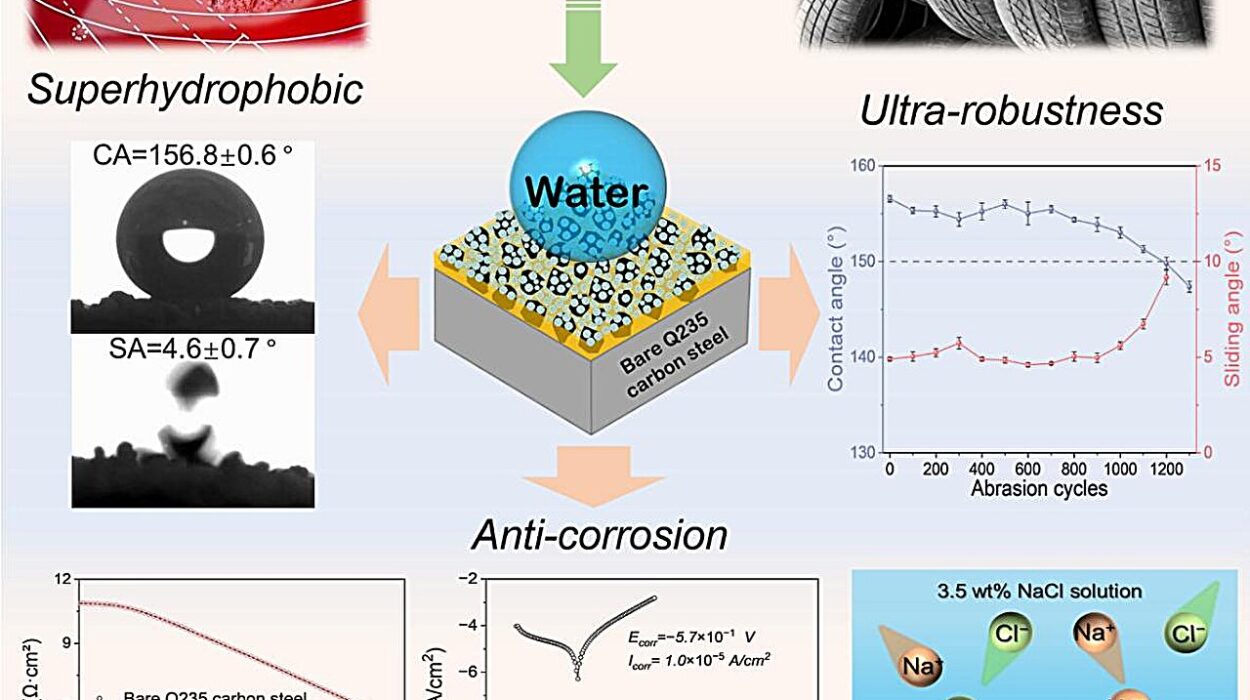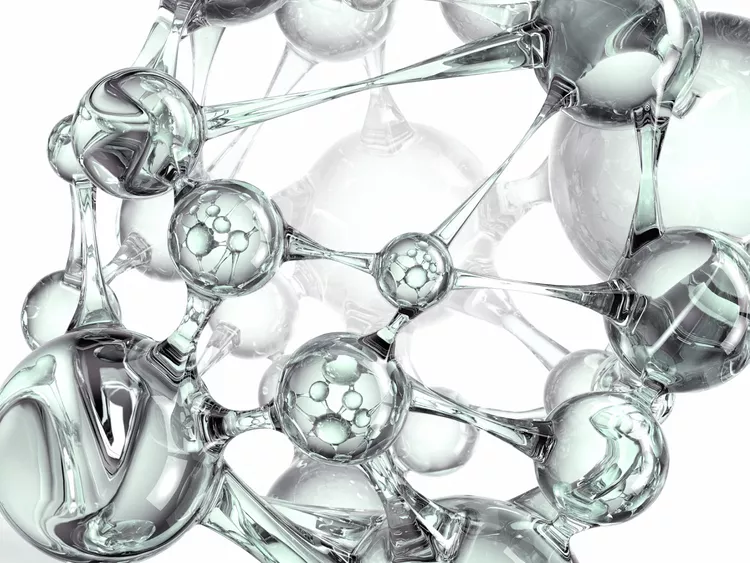In the fast-evolving world of artificial intelligence, we often hear about language models writing poems, summarizing news, or even coding apps. But somewhere in the background, away from the buzz of social media and productivity tools, something far more profound is happening. AI is quietly infiltrating the deeply technical realm of quantum chemistry—a field so intricate that even experts spend years mastering its complex mathematical language.
Now, thanks to a groundbreaking project from the University of Toronto’s Matter Lab and NVIDIA, AI has taken a giant leap forward with the creation of El Agente Q—a large language model-powered multi-agent system designed specifically to tackle quantum chemistry problems. And it’s doing so not just with surprising success, but with a level of accessibility that may fundamentally change how chemists work, collaborate, and discover.
The Problem with Traditional Quantum Chemistry Tools
To understand why El Agente Q matters, we need to look at the problem it’s solving. Quantum chemistry deals with how molecules and atoms behave at the most fundamental level—where the laws of classical physics break down and quantum mechanics takes over. It’s the scientific backbone of materials science, molecular biology, drug design, and nanotechnology. But it’s also a computational nightmare.
Traditional computational chemistry tools—think Gaussian, ORCA, or VASP—are immensely powerful but notoriously difficult to use. They demand not only deep domain knowledge, but also fluency in command-line syntax, scripting languages, specialized input formats, and an understanding of complex algorithms. For non-experts or students trying to enter the field, the learning curve can be steep, discouraging, and time-consuming.
Even seasoned quantum chemists often spend hours manually preparing simulations, tweaking parameters, diagnosing errors, and interpreting results. What if these labor-intensive steps could be delegated to an intelligent partner that understands the language of quantum chemistry and can execute the required workflows with precision and speed?
That’s the promise of El Agente Q.
El Agente Q: A Multi-Agent Mind for Molecular Problems
At its core, El Agente Q is powered by a new cognitive architecture built on top of large language models. But it’s far more than a chatbot answering questions. It’s an orchestrated system of over 20 specialized AI agents, each trained or designed to handle specific tasks in the quantum chemistry workflow. These tasks range from setting up simulations and selecting functionals to analyzing molecular orbitals and interpreting vibrational modes.
Each agent in the system operates semi-independently, equipped with its own working memory, decision-making routines, and tools. They can communicate with one another, collaborate on a shared task, report progress, and even handle unexpected issues that arise mid-execution. If that sounds like a virtual research team—you’re exactly right.
According to Yunheng Zou, lead author of the El Agente Q project, this multi-agent setup allows for “guided reasoning on domain-specific tasks” with “strong instruction following and reduced context complexity.” In simpler terms, it means the system can break down tough scientific questions into smaller, manageable chunks, solve them step by step, and make sense of them in a way that’s both accurate and user-friendly.
And the results? In a battery of six university-level quantum chemistry exercises and two advanced case studies, El Agente Q succeeded on 87% of tasks—on the first try.

Science for Everyone: From Graduate Labs to Cloud Platforms
El Agente Q isn’t just a technological feat—it represents a philosophical shift. For decades, high-end scientific computing tools have been accessible only to those who were willing and able to climb the steep hill of expertise. Now, with AI agents capable of understanding plain English and translating that into quantum chemistry actions, the gates to this high-knowledge territory are opening.
“We created an agent system that partners with scientists in quantum chemistry to accelerate scientific progress,” says Alán Aspuru-Guzik, the visionary behind the Matter Lab and Senior Director of Quantum Chemistry at NVIDIA. Aspuru-Guzik has long advocated for making scientific discovery faster, more open, and more collaborative—and El Agente Q fits squarely within that mission.
The team is preparing to launch a cloud-enabled alpha version of the system on www.elagente.ca, where users—students, researchers, and hobbyists alike—can interact with the AI through plain-English prompts. Want to model a novel organic molecule? Curious about the band structure of a hypothetical material? Just ask. El Agente Q will not only run the simulation, but explain what it’s doing in real-time.
How It Works Under the Hood
So, what makes this AI tick?
El Agente Q draws on several layers of machine intelligence. At the top is a controller agent—think of it as the conductor of a symphony—responsible for taking the user’s input and orchestrating the sub-agents. Each sub-agent is an expert in a domain: one specializes in basis sets, another in DFT (density functional theory), another in geometry optimization, and so on.
Behind the scenes, these agents interact with various quantum chemistry software packages. They not only generate inputs and read outputs, but analyze data, spot errors, and iterate intelligently. Importantly, all of this is done in a modular, flexible architecture that supports plug-ins—meaning that the system can evolve, add new agents, or adapt to new tools in the future.
This approach reflects a growing trend in AI: agent-based systems that simulate the collaborative dynamics of real human teams. It’s the same design philosophy behind recent advances in autonomous research agents—systems capable of designing experiments, analyzing results, and refining hypotheses with minimal human intervention.
Fixing Errors on the Fly: A Step Toward Autonomous Chemistry
One of the most impressive features of El Agente Q is its ability to self-correct. In the tests conducted by the Matter Lab, the system didn’t just get answers right—it also caught mistakes, identified why they occurred, and corrected them midstream. This kind of dynamic reasoning and adaptability marks a new era in computational chemistry.
Where previous tools required constant oversight, El Agente Q can act with a degree of autonomy. It understands not just what it’s doing, but why it’s doing it. That means fewer failed simulations, faster iteration cycles, and more time for scientists to focus on interpreting results and generating ideas.
As Varinia Bernales, research director at the Matter Lab, put it, “We demonstrated that El Agente Q can automate a large portion of quantum chemistry tasks in a user-friendly way. This lets more scientists access both molecular and materials science fields through AI, paving the way to greater discoveries.”
The Bigger Picture: AI as Scientific Collaborator
El Agente Q is not just a tool—it’s part of a broader shift in how science is done. As AI becomes more capable, it’s moving from being a passive assistant to an active collaborator. We’re entering an age in which scientists will work side-by-side with intelligent agents—ones that can suggest hypotheses, design experiments, and even surprise their human partners with novel insights.
The implications are enormous. In fields where simulations take days or weeks to run, AI can optimize inputs, reduce waste, and speed up discovery cycles. In educational settings, students can experiment and learn without fearing syntax errors or arcane bugs. In the lab, integrated AI systems could one day design new materials, drugs, or molecules on the fly, bridging the gap between theory and application.
And in quantum chemistry—a field already vital to our understanding of life, matter, and energy—El Agente Q represents a bold new frontier.
What’s Next for El Agente Q?
The team at the Matter Lab has big plans. Beyond the upcoming public release, they’re working to expand the agent system to a broader range of scientific tasks, from catalysis modeling to condensed matter simulations. They’re also improving the user interface, allowing for more natural conversations and tighter integration with lab infrastructure.
Eventually, the vision is for El Agente Q to become part of a larger automated research ecosystem, where AI-driven systems handle everything from simulation and hypothesis generation to data analysis and experimental design.
“In the coming months, we’ll launch a cloud-enabled alpha version of El Agente Q,” said Aspuru-Guzik, “giving users direct access to its LLM-driven quantum-chemistry workflows via plain-English prompts.”
The team hopes this democratized access will not only empower chemists, but also draw fresh minds into the field—from undergraduates and high-school students to interdisciplinary researchers who might otherwise never attempt a quantum chemistry problem.
Conclusion: A Future Shaped by AI and Chemistry Together
The story of El Agente Q is one of convergence: between artificial intelligence and the natural world, between cutting-edge computation and scientific intuition, and between human creativity and machine reasoning. It’s a vivid example of how large language models—once confined to text generation—are now stepping into some of the most sophisticated scientific domains we know.
In doing so, they’re not replacing scientists, but amplifying them—accelerating the slow, painstaking process of discovery and making it more accessible, iterative, and inclusive. El Agente Q is just one system. But it offers a glimpse of a future where scientific exploration is no longer limited by the bottlenecks of code or complexity.
Instead, we may soon live in a world where anyone—armed with curiosity and a good question—can ask the right agent… and unlock the secrets of the quantum world.
References: Yunheng Zou et al, El Agente: An Autonomous Agent for Quantum Chemistry, arXiv (2025). DOI: 10.48550/arxiv.2505.02484
Meet El Agente, an autonomous AI for performing computational chemistry. acceleration.utoronto.ca/news/ … putational-chemistry






